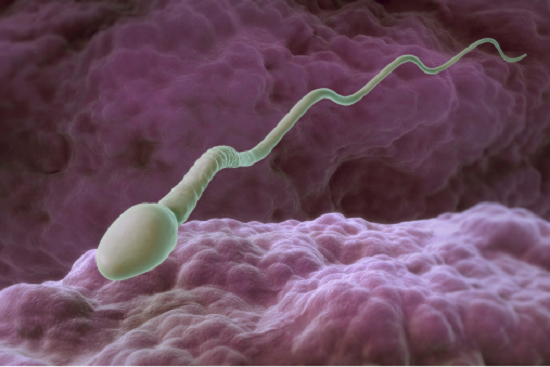Dec 25, 2025
Dec 25, 2025

23-Jan-2012
More by : Dr. Krishna R.S

|
Dr-my-husbant-26years his-semen-analysis-result- liquification-time-20minutes volume-1ml puscells-nuemerous epithelial-cells-2-4/hpf R.B.C&crystals-nil actively-motile-nil sluggish-motile-45% non-motile-55% stright-motile-nil total-count-4.3million/ML his-medicine-is-heyforteplus dr-this-problem-can-solved?plz-reply- enth-cheyyum-eth-maran |